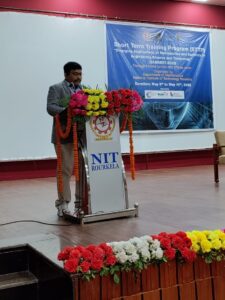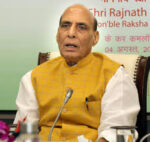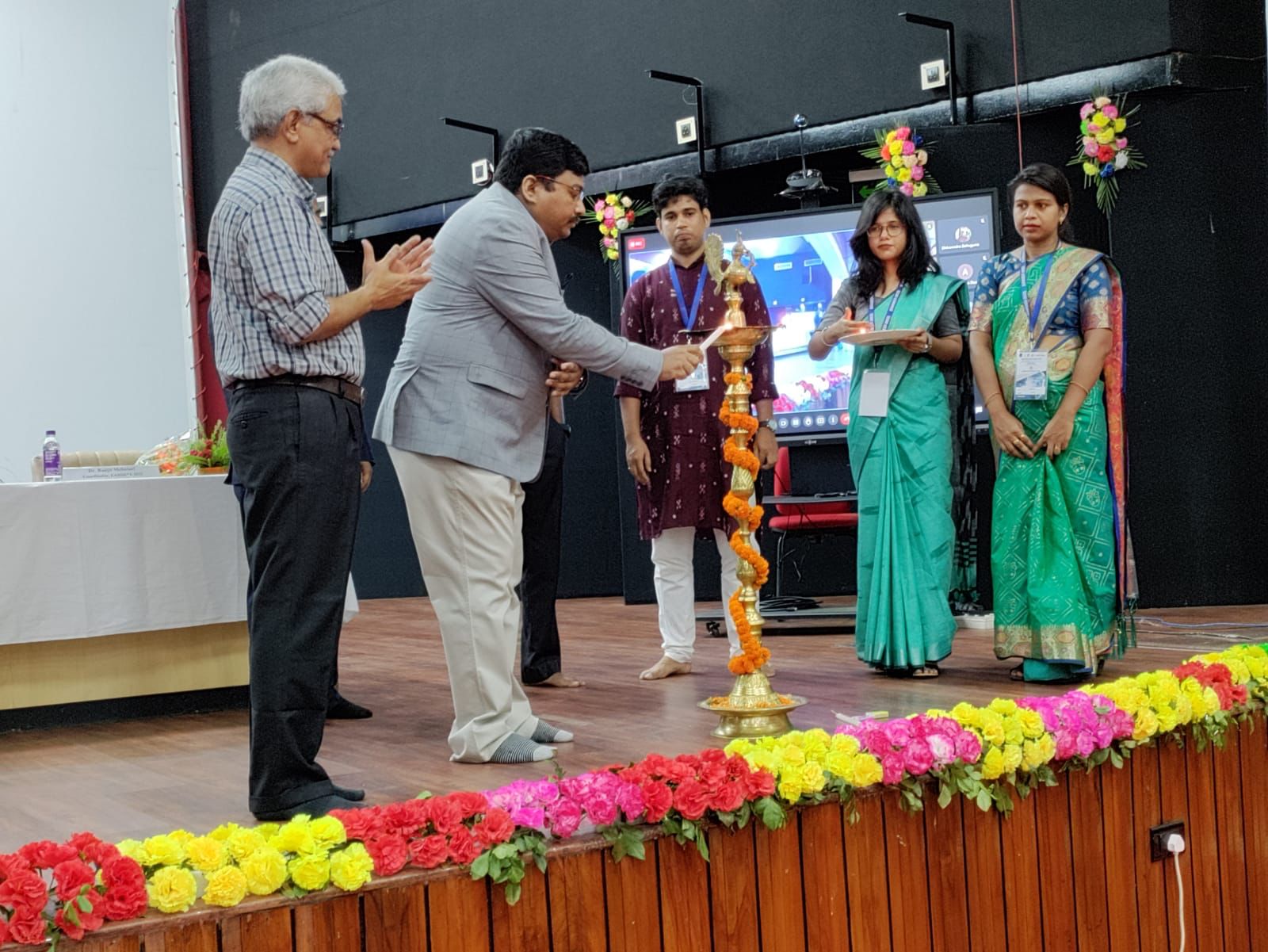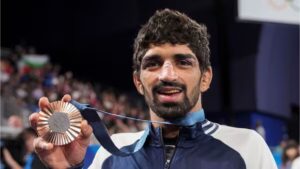On Monday (9th May 2022), the Department of Mathematics, National Institute of Technology, Rourkela (NITR) inaugurated a Short-Term Training Program (STTP) on “Emerging Applications of Mathematics and Statistics in Engineering Science and Technology”. This seven-day hybrid (online and offline) training program aims to impart knowledge on the new, emerging areas in the fields of Engineering Sciences, Mathematics, Statistics and Computer Science. Over 100 students from across the country have registered for this STTP. Around 20 lecturers from some of the most notable Indian institutes and universities, including, IITs, ISI Kolkata, Central University of Punjab, Central University of Rajasthan and IIEST Shibpur will train the participants during the program.

The Chief Guest of the inaugural ceremony was Dr. (Prof.) Sudhakar Panda (Director, National Institute of Science Education and Research, Bhubaneswar, Under Department of Atomic Energy, Government of India). In his address, he said, “The hard work of many scientists, engineers, researchers are behind this fast-growing technology. Mathematics and Statistics help to improve them further. Mathematics is the basis of many scientific inventions and hence this training will prove to be very useful for the students in understanding mathematics and statistics in engineering science and technology.”
Prof. Dr. K. Umamaheshwar Rao (Director, NIT Rourkela) presided over the function, while Dr. (Prof.) Dr. Ravi P. Agarwal (Professor, Department of Mathematics Texas A&M University-Kingsville, USA) was the Guest of Honor and Keynote Speaker. In his keynote, Dr. Agarwal said, “To be able to understand one bit of heart one needs to solve 11 types of the very complicated partial differential equation. This draws the conclusion that each and every subject of science is interlinked. So, I would like to congratulate the department of mathematics for bringing engineering, maths, and science together for the creation of new technologies.”











More Stories
Saanvi Enterprises Launches its first in-house magazine “Ekansh”
Birsa Munda Hockey Stadium to host Women’s sub-junior national coaching camp
Saanvi Enterprises Building Business with Digital Technology